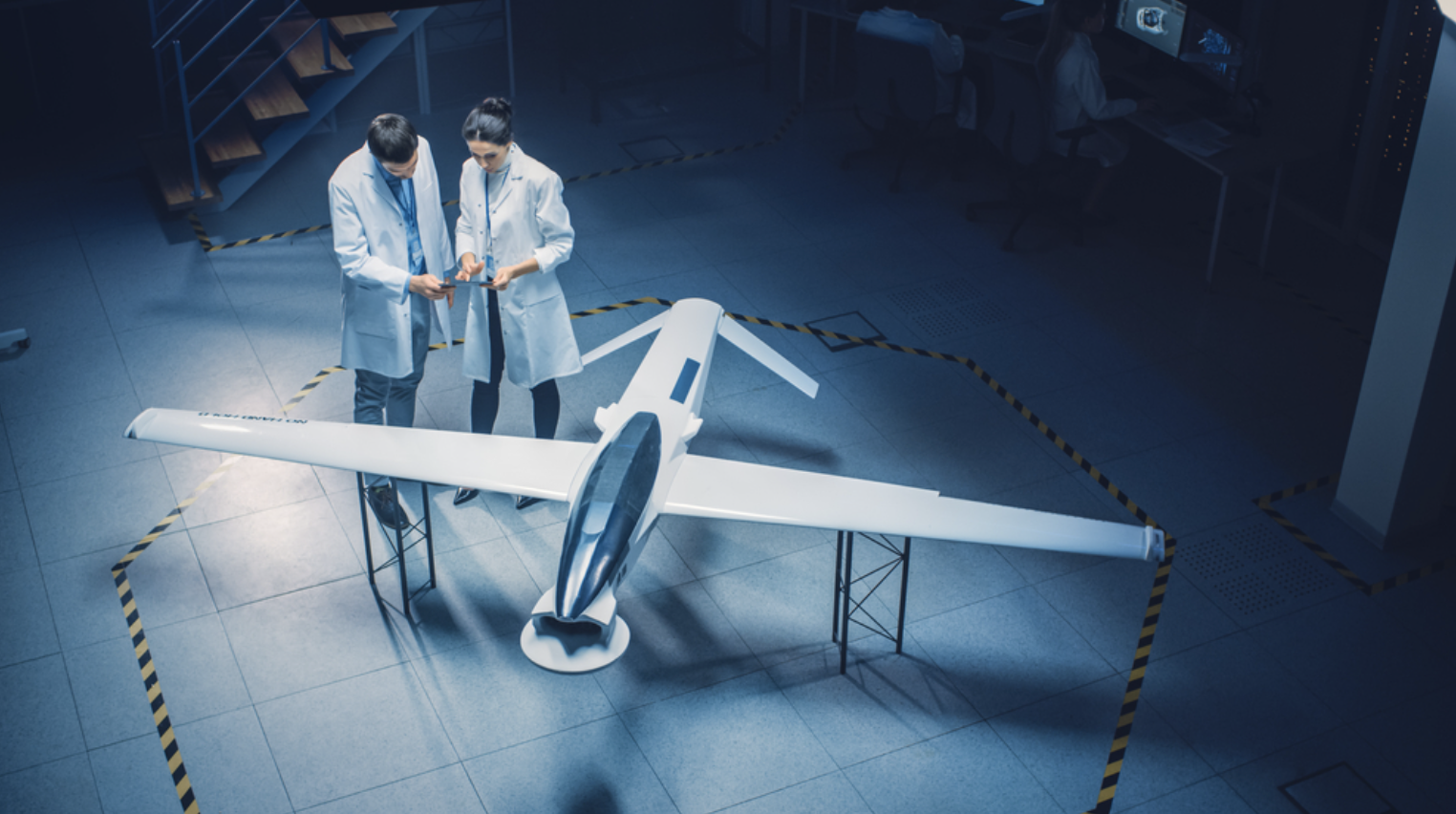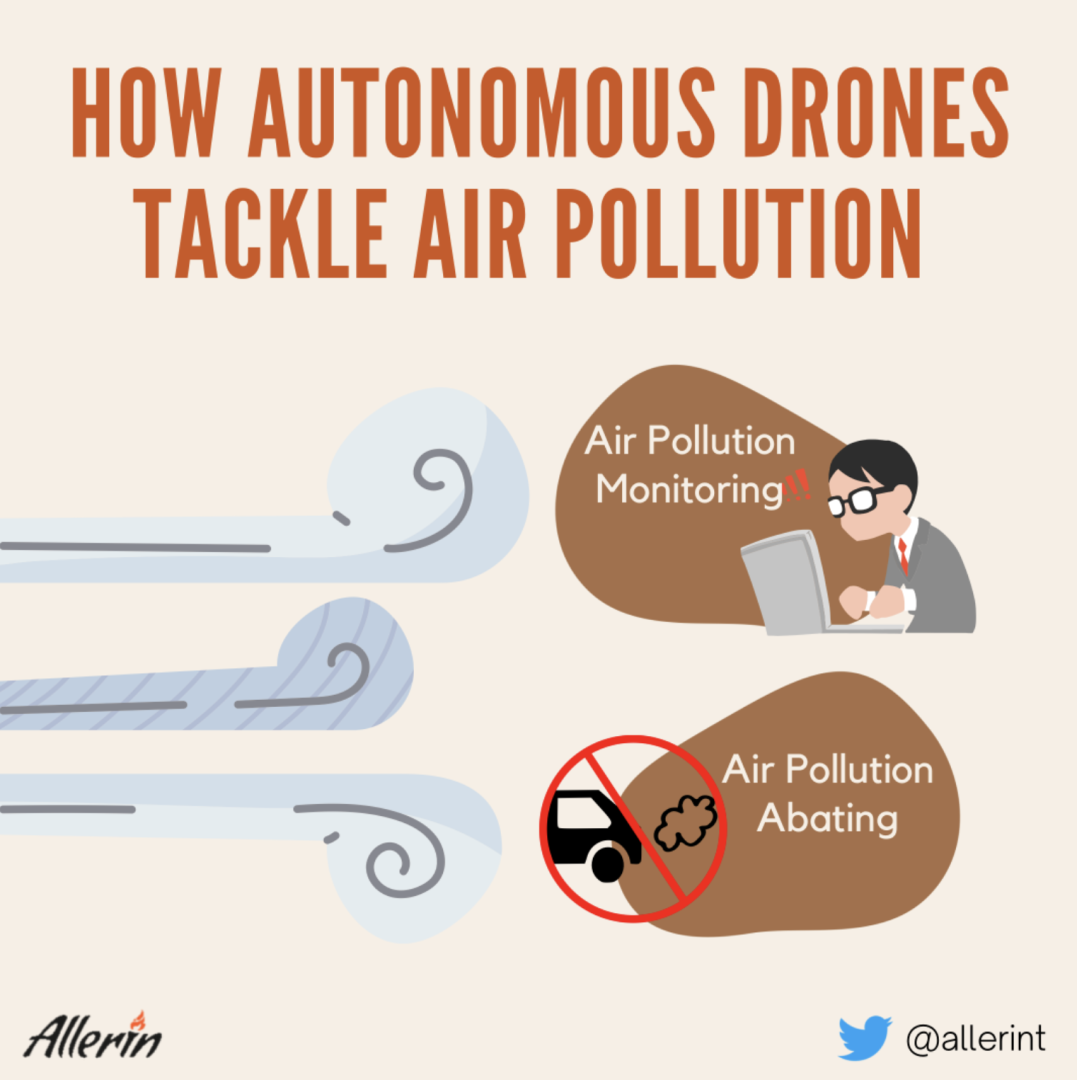Comments
- No comments found

Air pollution is a global problem that affects the health of millions of people and contributes to climate change.
Traditional methods of monitoring air quality rely on stationary sensors, which can be expensive to install and maintain. Autonomous drones present a promising solution for enhancing the efficiency and cost-effectiveness of air pollution monitoring. In this article, we will explore the potential of autonomous drones to help us tackle air pollution.

Autonomous drones are unmanned aerial vehicles that are equipped with sensors and cameras that can collect data on air quality. They are typically controlled by a computer program or GPS, which allows them to fly pre-programmed routes and perform specific tasks. Some drones can also be controlled remotely by a human operator.
Using autonomous drones for air pollution monitoring has several potential benefits. Firstly, drones can cover a larger area than stationary sensors, providing more comprehensive data on air quality. Secondly, drones can collect real-time data, allowing for more timely and accurate monitoring of air pollution. Finally, drones can be more cost-effective than traditional monitoring methods, as they require less infrastructure and can be deployed quickly and easily.
There are several challenges associated with using autonomous drones for air pollution monitoring. One of the main challenges is the limited flight time of drones, which can be affected by weather conditions and battery life. This can limit the amount of data that can be collected at one time. Additionally, there are regulatory and privacy concerns surrounding the use of drones, which must be carefully considered before deploying drones for air pollution monitoring.
There are several examples of autonomous drones being used for air pollution monitoring. In China, the government has deployed drones to monitor air pollution in cities such as Beijing and Shanghai. The drones are equipped with sensors that can measure levels of particulate matter, nitrogen oxides, and other pollutants. In the United States, researchers at the University of California, San Diego have developed a drone-based system for monitoring methane emissions from oil and gas operations.
The future of autonomous drones for air pollution monitoring is promising. As drone technology continues to improve, it is likely that drones will become more advanced and efficient, with longer flight times and more sophisticated sensors. This will allow for more comprehensive and accurate monitoring of air pollution, which could ultimately lead to better public health outcomes and a more sustainable environment.
Autonomous drones offer a potential solution for more efficient and cost-effective monitoring of air pollution. While there are still challenges to be addressed, the benefits of using drones for air pollution monitoring are significant, including more comprehensive data, real-time monitoring, and cost-effectiveness. As drone technology continues to advance, it is likely that we will see more widespread use of drones for air pollution monitoring in the future.
Naveen is the Founder and CEO of Allerin, a software solutions provider that delivers innovative and agile solutions that enable to automate, inspire and impress. He is a seasoned professional with more than 20 years of experience, with extensive experience in customizing open source products for cost optimizations of large scale IT deployment. He is currently working on Internet of Things solutions with Big Data Analytics. Naveen completed his programming qualifications in various Indian institutes.
Leave your comments
Post comment as a guest